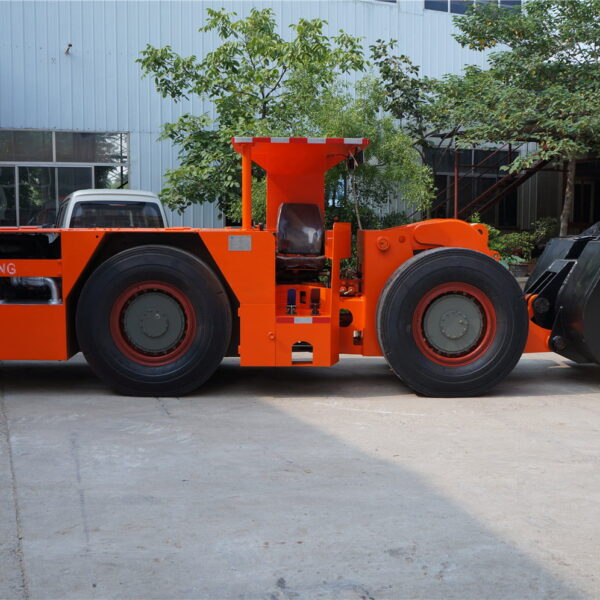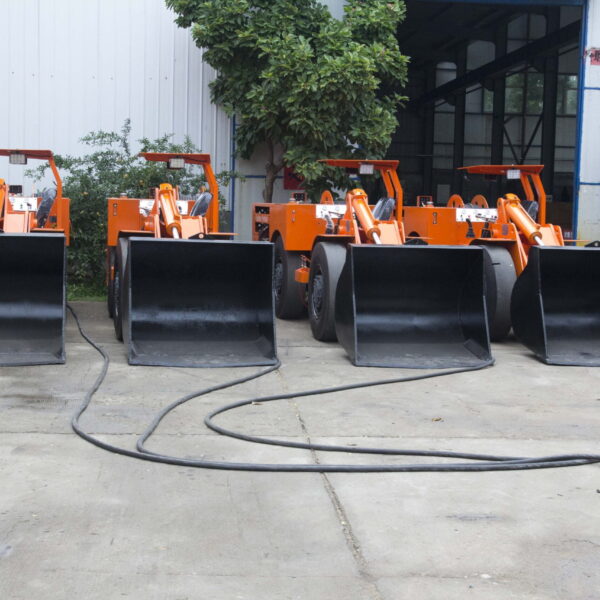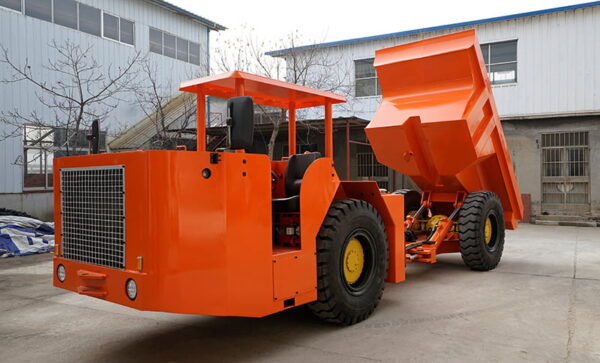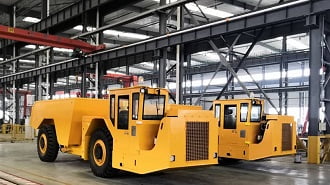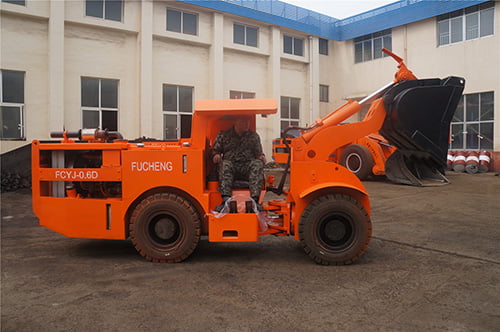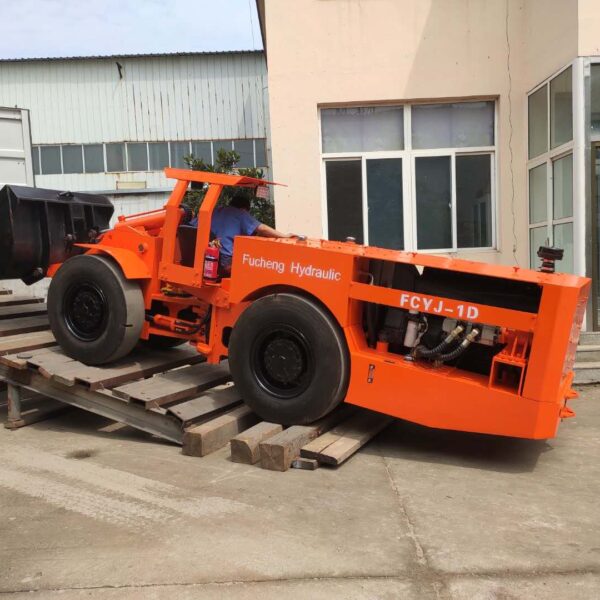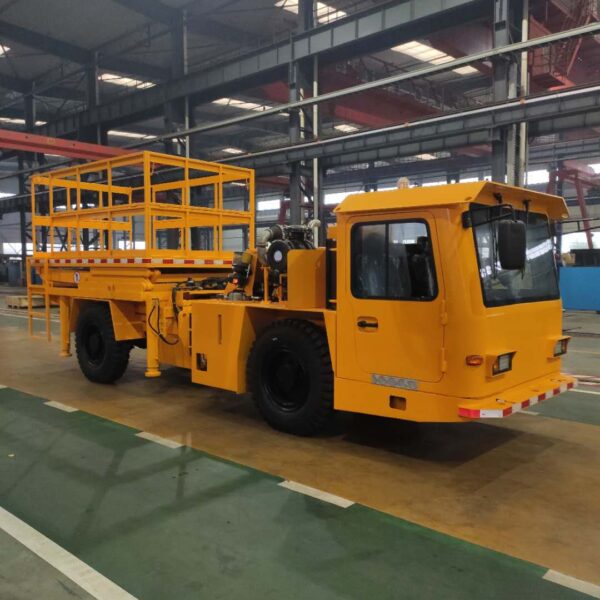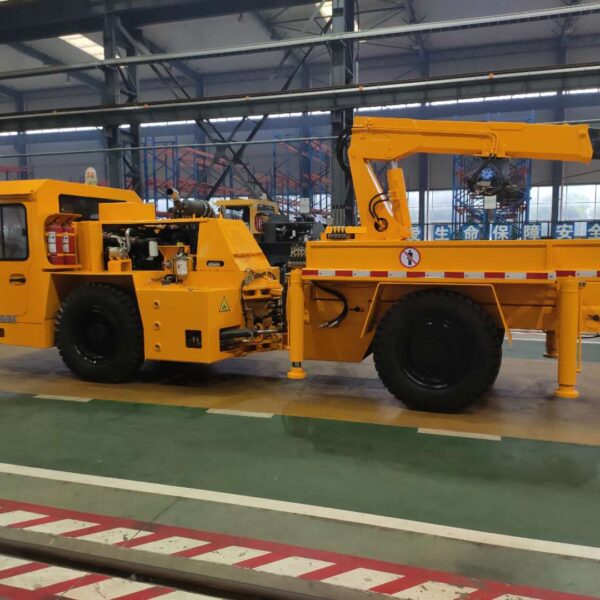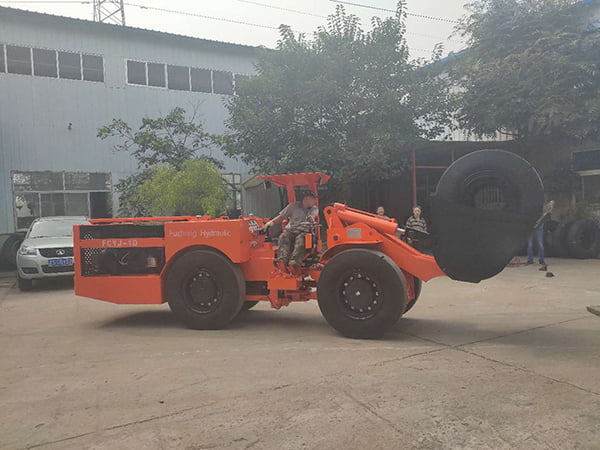Mining has been around for the last many centuries. It has played a vital role in the development of economies. The demand for minerals is increasing. Therefore, the usage of methods has evolved a lot. Among those mining methods, surface vs. subsurface mining is the most discussed.
Both of these two mining methods have their pros and cons. Some miners believe that surface mining is superior to subsurface mining. However, there are some opposite thoughts as well. In this guide, we will compare these two types. In the end, you’ll come to know about the best one.
Overview of Surface and Subsurface Mining
In simple words, surface mining is the extraction of minerals from the outer surface of the land. In this method, the layers present on the outer surface area are removed. The miners extract minerals present under the layers of soil. This method is less expensive and takes less time.
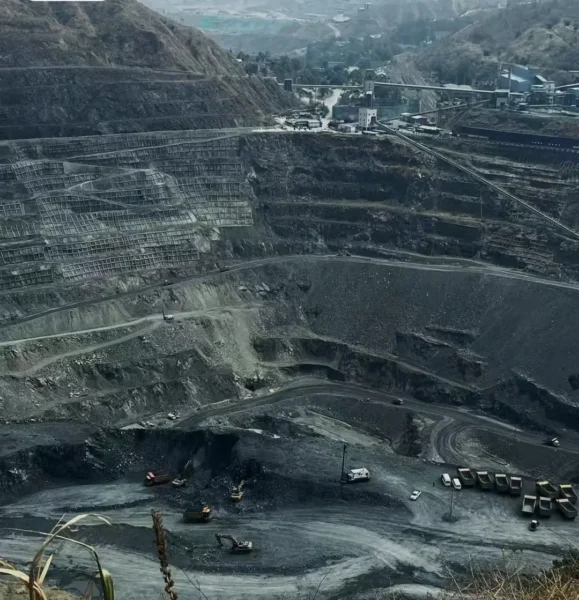
In this method, the miners don’t face severe dangers. Instead, they usually remain at the top of the soil. The analyzed soil is first cleaned through deforestation. The layers from the topsoil are then removed through machinery. The minerals under these layers are gold mines. They are extracted through both machines and human efforts.
Subsurface mining is more complex and expensive. The miners have to go deep into the tunnels or shafts. The minerals are present deep underground. They take oxygen and other preventive equipment and go there. This mining type is hazardous for miners as well.
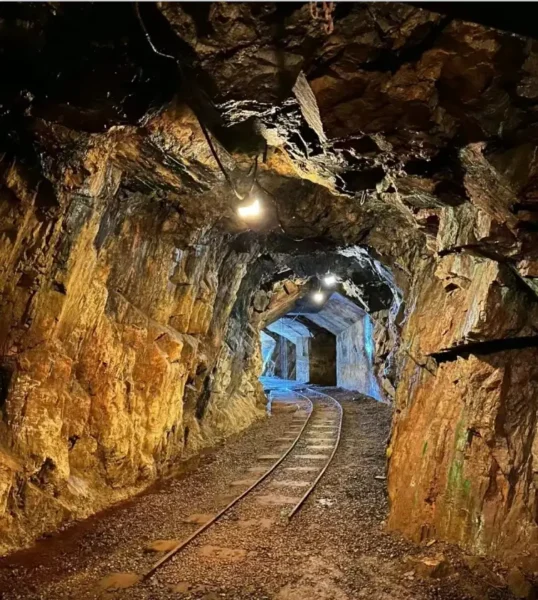
As you know, minerals can be present deep underground. The miners have to dig deep and reach the desired locations that have bulk minerals. This process takes more time and is more complicated. They go underground, and rocks are present above them.
Upon finding the minerals, they do manual work or use machines to extract them. This is just an overview. However, their work is very complex. It won’t be wrong to say that miners’ lives are under question in the subsurface mining method. In the upcoming section, we will discuss how these methods work.
Working Mechanism of Surface and Subsurface Mining
As I said earlier, both mining methods work differently. Due to their differences, they are used at different levels. Let’s discuss the workings of these two methods individually. This will help you understand their operations better.
1- Surface Mining
In surface mining, the soil is first analyzed. If it is confirmed that there are minerals under the soil, then this method is employed. In the desired place, all the plants are cut to ensure the smooth movement of machines. This process of clearing the desired soil top from plants is called deforestation.
After that, the upper layers of the soil are removed. This removal requires heavy machines such as bulldozers, draglines, and trucks. This upper layer of soil is also known as overburden. Once it is removed, the most essential minerals and elements are revealed.
Different methods are used to extract these minerals. The technique a miner should use depends on the type of mineral and its size. Standard extraction techniques include hydraulic mining, blasting, and drilling.
The extracted minerals are then sent to refineries to be refined and made usable. This method does not require deep drilling. The miners stay out of trouble, remaining on the soil’s surface. That’s why this method is comprehended as safe.
2- Subsurface Mining
You have got the basic know-how of working in surface mining. Let’s now understand the subsurface method, which is the opposite of surface mining. Some soil tops have thick layers of overburden. Removing them takes more time and energy.
So, the mining companies decided to use subsurface mining. This helps to bypass thick layers with ease. In this method, tunnels or shafts are made. Different machines are used to create vertical shafts or sloping tunnels.
The miners use elevators or conveyor belts to reach the work site in the tunnel. These elevators are usually safe to travel in. The miners go deep inside the tunnels, so they require oxygen and other tools for their safety. In an emergency, a minor can stay in the tunnel for 12 hours.
They use different extraction techniques in the tunnel. Standard techniques, including drilling, blasting, etc., are instrumental in breaking the big rocks. The machines then carry the minerals out of the tunnel. This method is hazardous. The miners can die in the tunnel if anything dangerous happens inside.
Surface vs Subsurface Mining: Key Differences!
Both of these mining types differ from each other. Their usability also varies due to their distinctions. Subsurface mining is only used when surface mining does not work. The mining industry usually prefers surface mining. Let’s dive in and discuss their fundamental differences. In the upcoming section, you’ll understand why surface mining is preferred.
1- Production Time
Surface mining takes little time. Conversely, subsurface mining is more complicated and takes a lot of time. For example, in subsurface mining, the extraction begins once the overburden is removed. Miners use machines to remove the topsoil very quickly.
Generally, surface mining usually completes in a few months. However, subsurface mining involves more steps. Each step is lengthy, from initial tunnel-making to drilling and extraction. Usually, decently paced subsurface mining takes years to complete.
2- Efficiency & Mineral quantity
The surface mining process is easy, but it usually offers limited minerals. The topsoil generally has fewer minerals than the deep soil. In terms of speed, the surface is excellent, but it gives a low quantity of minerals.
Subsurface mining takes more time, but it offers more minerals as well. Deep rocks contain many natural resources. These include different gasses, gold, silver, and other vital minerals. So, surface mining keeps the miners busy for a long time.
My Verdict: There is a trade-off between these two methods regarding efficiency. Surface mining is quicker, and the subsurface provides many minerals. It would be best to choose subsurface mining to get the maximum minerals as a business owner.
3- Mining Jobs and Crew Sizes
Mining jobs are almost the same in both types. Mining is a challenging field, and fewer people prefer entering it. Therefore, the competition is low, and getting a job is relatively more straightforward. Both of these two types offer equal opportunities for jobs.
However, there is a difference in crew sizes. Surface mining usually requires fewer crew members than subsurface mining. This is because surface mining has more steps and requires more machines. If the mine is too deep, the subsurface method will need even more workers and crew.
Some jobs that require crew are as follows
- Drillers
- Blasters
- Geologists
- Safety inspectors
- Maintenance Crew
- Ventilation Engineers
- Environmental engineers
- Heavy equipment operators
Both surface and subsurface mining require almost the same type of people. However, subsurface mining generally requires more workers. Moreover, subsurface miners’ salaries are also higher than surface miners.
4- Working Conditions
Surface mining usually involves extracting minerals from the top layers of soil. In this method, the miners don’t have to dig deep and climb mountains, so they don’t face harsh conditions. They remain at the top of the soil and don’t face a shortage of oxygen.
Conversely, subsurface mining has terrible conditions. The miners must enter the deep tunnel, facing different gasses and oxygen deficiency. Moreover, the risk involved is much higher in subsurface mining.
Keep in mind that miners use different explosives to break rocks. During an explosion, their lives can be in danger. The rock can crash, resulting in a deadly accident. Therefore, the overall conditions in surface mining are better and safer.
5- Worker Safety
This aspect of mining is more related to the factor mentioned above. As I said, the conditions are much more miner-friendly in surface mining. Therefore, the method offers better safety for the workers. The chances of deadly accidents are minimal in this type.
Many things regarding surface mining could be improved. The shortage of oxygen and the overall release of oxygen in tunnels are the prominent ones. The uncontrolled crash of the rocks further exacerbates the situation. So, surface mining offers better worker safety.
6- Environmental Impact
Unfortunately, neither of these mining types is environmentally friendly. They cause many harmful effects on the environment. However, subsurface mining is much more dangerous. Let’s have a bird’s-eye view of how they affect the environment.
Surface Mining
- Deforestation
- Soil erosion due to the removal of topsoil
- Air pollution from dust and exhaust fumes
- Loss of habitats due to deforestation
- Water pollution due to run-off of chemicals and minerals from the mine
Subsurface Mining
- Land subsidence and ground collapse due to mining activities
- Contamination of groundwater with chemicals used for extraction
- Air pollution due to toxic gasses released during drilling and blasting
- Acid mine drainage affects nearby plants, lands, and human beings.
It won’t be wrong to say that mining and all its types are not environmentally friendly. However, the latter is more dangerous regarding surface vs. subsurface mining. You can restore the soil after surface mining by fixing the soil and replanting trees. However, it is almost impossible to undo the damage caused by subsurface mining.
7- Equipment / Machines Used
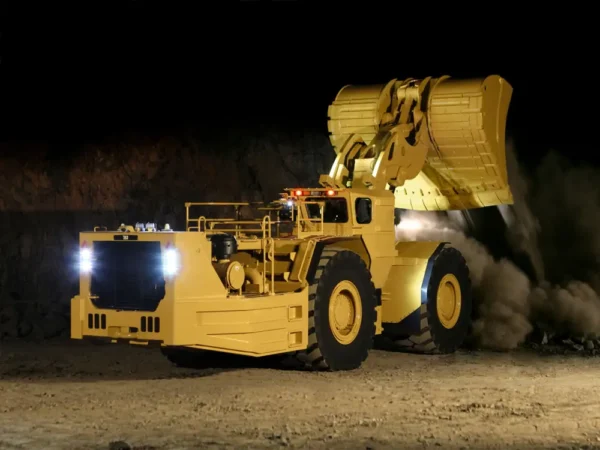
Both of these mining methods use different machines. Remember that all types of mining rely heavily on machines. Humans cannot do all the tasks on such deep ground. However, the kinds of machines they use differ from each other.
In surface mining, heavy-duty machines remove overburden quickly and efficiently. These machines include bulldozers, draglines, shovels, front-end loaders, and mining trucks. They are enormous.
On the other hand, subsurface mining uses different kinds of machines. They don’t have to remove a lot of soil. Therefore, they don’t need gigantic machines like surface mining. Some of these machines are as follows:
Subsurface mining also uses additional tools and equipment. However, the machines mentioned above are considered must-haves. These machines are necessary for conducting subsurface mining.
8- Cost and Profit
Price is one of the most critical parameters for mining businesses. Price and investment matter for the profit of mining companies. Generally, all companies follow specific methods according to their cost and overall budget. The estimated revenue of the minerals and extracts is also considered during decision-making.
Miners carry out surface mining on the upper surface of the soil. Even when the miners dig, they go only a little deep, which saves the mining companies a lot of money and time. That is why surface mining is more cost-effective. Companies with smaller budgets prefer surface mining.
On the flip side, subsurface mining is very complex. It requires high-tech machines and more time. The miners go deep inside the tunnels to work. They use explosives and other drilling machines to break rocks. All these factors make the subsurface very expensive. Another drawback is that this method takes a lot of time.
Which Method Should the Mining Business Prefer: Surface or Subsurface Mining?
Which method you use depends on your goals. If you have a small business, choosing a surface mining method will be a good option. However, for established mining companies, sub-surfacing is profitable. It allows for more mineral extraction and maximizes profit.
The answer to this question is more complex than you have read above. Many factors and parameters dictate the type of suitable method. Remember that different mineral types need other methods of extraction. It majorly depends on the mineral’s quantity, size, etc.
Different factors control decision-making. Those include the area, conditions, environmental impacts, and location of minerals. If the analyzers tell that minerals are present under the topsoil, surface mining methods should be preferred.
This method is cheap and fast. However, subsurface mining is the only way if the minerals are deep under the rocks. This process will take longer but will extract the maximum amount of minerals. Many mining companies believe that subsurface mining is more profitable. This is due to its higher mineral extraction quantity.
Advantages and Disadvantages of Surface and Subsurface Mining
In the sections above, we discussed different aspects of both methods. However, I want you to understand these two types in complete detail. It will help you in making decisions as a business owner or miner. So, let’s go down further and discuss the pros and cons of the methods.
| Advantages of Surface Mining | Advantages of Subsurface Mining |
| Inexpensive and safer | Less land usage |
| Lesser environmental impact | Higher mineral amounts |
| Take less time for mining | Less noise and dust pollution |
| Post-mining land rehabilitation is more feasible | Offer higher-grade mineral deposits |
These are some of the pros of both methods. However, they also share some cons, which can pose severe issues. One of the most critical issues they cause is environmental pollution. Let’s dive in and discuss those cons.
| Disadvantages of Surface Mining | Disadvantages of Subsurface Mining |
| Does not have a higher quantity of minerals | Highly unsafe for miners |
| Deforestation and soil erosion | More expensive and time-consuming |
| Displacement of local communities | Severe ventilation issues for miners |
| Restoration of land can be costly | Require heavy-duty machines for working |
In summary, surface and subsurface methods have pros and cons, which can confuse someone new to the mining business. However, analyzing the site and mineral depth can help decide between surface and subsurface mining.
Frequently Asked Questions
What’s the difference between subsurface mining and surface mining?
Both are types of mining. In subsurface mining, the miners extract the minerals far beneath the earth’s surface. In surface mining, the workers don’t go too deep. Instead, they extract the minerals under a few layers of topsoil. The subsurface is more risky as the miners must be deep inside the tunnels.
Why is surface mining cheaper than subsurface mining?
In surface mining, the miners remain on the top layers of the topsoil. Heavy-duty machinery is not mandatory because they don’t go into deep tunnels. The only things needed are handheld tools, like drills or chisels. Moreover, this method requires fewer crew members and miners. These are the reasons that surface mining is cheaper and more cost-effective.
Why is surface mining better?
Surface mining is inexpensive and safer for miners. It does not involve high-tech machines, so many people consider it better.
What is the main disadvantage of underground mining?
The major disadvantage is that underground mining is hazardous. During work, miners’ lives can be in danger. Moreover, it is not environmentally friendly and requires heavy-duty machines.
Conclusion
The mining process is not new. People have been using it for the last 5000 years. However, newer tools and machines are now employed with the rise in technology. They make the process easier and reduce human labor. Different types of mining are used now. All the types have their pros and cons.
Among those types, surface and sub-surfacing are two popular types. Their usage is common in mining companies. Their operations are different, as one is carried out on the surface. At the same time, the other requires miners to go deep into the tunnels. This detailed guide provides all the ins and outs of these two types.

